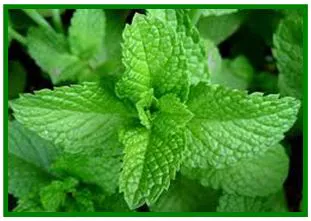 Aromatic plants produce active compounds and phytochemicals, such as essential oil, which make them very important for the pharmaceutical and food industry.
Aromatic plants produce active compounds and phytochemicals, such as essential oil, which make them very important for the pharmaceutical and food industry.In the last few years, several scientists have studied the potentialities of aromatic species for the fresh-cut industry, from production of essential oil as an additive of edible coatings to minimal processing of fresh produce as a fresh-cut product.
Scientists from South America have evaluated the incidence of storage time on some physic-chemical attributes and chemical components related to the postharvest quality of two Mentha species (peppermint, Mentha x piperita, and spearmint, Mentha spicata).
For the study, 2-year old plants were harvested, then the herbaceous stems and leaves were washed and disinfected by immersion in cold chlorinated water, dried, packaged and stored at 0°C for 21 days.
During refrigerated storage, samples were periodically analysed. Atmosphere composition inside the package, respiratory activity, weight loss, surface colour, total chlorophyll and carotenoid content, browning potential, total phenols, flavonoids and radical-scavenging activity, ascorbic acid, essential oil yield and composition were measured.
Results showed that the packaging and storage conditions were optimal to preserve the mints quality in terms of freshness, colour, pigments content and antioxidant compounds, whose values remained almost constant up to the storage end. After 21 days at 0°C, the respiratory activity decreased moderately by 42% in peppermint and by 26% in spearmint.
As regards the essential oil composition, the scientists concluded that its characteristics are significantly influenced by the mint growth stage, thus further studies will be necessary.
Source: Curutchet A., Dellacassa E., Ringuelet J.A., Chaves A.R., Viña S.Z., 'Nutritional and sensory quality during refrigerated storage of fresh-cut mints (Mentha x piperita and M. spicata)', 2014, Food Chemistry, Vol. 143, pagg. 231-238. Further info: http://www.ncbi.nlm.nih.gov/pubmed/24054235
